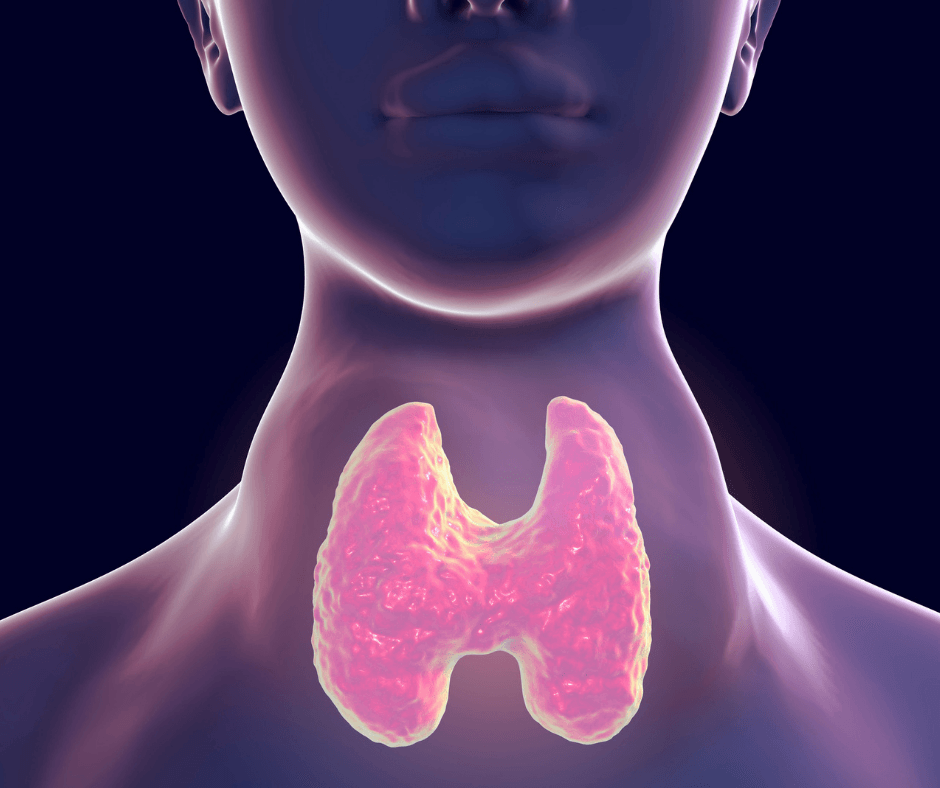5 Steps to Balance Your Estrogen Levels
Are you struggling with estrogen dominance?

Are you feeling sluggish, have mood swings, PMS or weight gain? These can be symptoms of estrogen dominance. Estrogen dominance
occurs when too much estrogen is in the body. The body can have difficulty getting rid of this extra estrogen.
Estrogen dominance is becoming more common. One reason it is more common is due to all the chemicals that are around us that are endocrine disruptors. These endocrine disruptors mimic estrogen and are called xenoestrogens. You may be thinking that this is only affecting women! Think again! Estrogen dominance and xenoestrogens negatively effect men’s health too!
How can estrogen dominance affect your health?
- Autoimmune disorders: Hashimoto’s (autoimmune thyroid)
- Metabolic issues: Diabetes Mellitus Type 2
- Infertility in both women & men
- Increased risk of cancer: breast, ovarian & prostate
- Weight gain
- PMS & heavy menstrual periods
- Uterine fibroids
- Fibrocystic breasts
5 Steps to Balance out Your Estrogen Levels:
1️⃣ Limit your toxin exposure. Your environment, what you eat, and what you put on your skin all matter! No, you cannot completely limit all of your toxin exposure, because we live in a world that is filled with toxins! How can you limit most of your toxin exposure? If you would like more detail on limiting toxin exposure, here is a link to a previous blog: https://www.newbeginningsfmc.com/environmental-toxins
- Air. Purifying house plants are a great help to clean your air. HEPA filters can also help.
- Cleaning products . Are you using non-toxic cleaning products? Studies have show that a large percentage of people’s homes are a toxic environment. You can make a lot of non-toxic cleaning products yourself. They are cheaper than the chemical products at the store and most products are easy to make. You can also purchase non-toxic cleaning products.
- Water. Are you drinking filtered water? What kind of container do you use to drink your water? Non-toxic glass, stainless steel or ceramic water bottles are best.
- Hygiene products . This is a big one! The average person uses about 9 personal hygiene products everyday. Are you paying attention to the ingredients of your products and is there a ton of chemicals in these products? Several studies show that women put on hundreds of chemicals to start out their day. Check out EWG.org to find out how your products rate.
- Food . Organic is best. Also what you cook your food in and how you store your food is also something to consider in order to limit toxins. Cooking food in non-toxic cast iron, stainless steel, ceramic or glass is ideal. Storing food in non-toxic glass, ceramic, or stainless steel is best.
2️⃣ Support Your Liver
. Your liver is an organ on the upper right side of your abdomen and is protected by the lower rib cage. Your liver filters blood from the digestive tract before the rest of the body sees it. It also detoxifies chemicals and toxins. Your liver is also important for metabolizing medications, alcohol and estrogen. Your liver metabolizes estrogen by 3 different pathways. Your liver can metabolize estrogen into helpful or unhelpful metabolites depending on which pathway the estrogen takes. To keep your liver producing helpful metabolites: Support your liver with proper nutrients, limit or avoid alcohol, stay well hydrated with water, get a good night’s rest and find ways to de-stress!
3️⃣ Fiber . Fiber binds to harmful estrogen metabolites and other toxins that can affect your estrogen balance and metabolism in your gut. Fiber makes it easy for your colon to eliminate these from your body. How much fiber do you need? Most people should aim for at least 25 grams of fiber per day. If an individual is not currently consuming this much fiber daily, it is best to work your way up. Let your body get used to it. When people increase fiber, it is also important to stay well hydrated with water! For most individuals, half their body weight in ounces per day is the goal. For example, a 150 pound person needs approximately 75 ounces of filtered water per day.
4️⃣ Cruciferous vegetables are in the broccoli family and have an important phytonutrient—Sulforaphane. Sulphoraphane supports your body in producing glutathione, a key antioxidant, which aids in detoxification. Some cruciferous vegetables are: arugula, cabbage, cauliflower, broccoli, brussel sprouts and radishes.
5️⃣ Supplements may also help in supporting healthy estrogen metabolism. It is important to partnering with a functional medicine physician to find the right supportive supplements for you. Everyone is an individual and unique! Some of the supplements that can be recommended are:
- DIM (diindolylmethane)
- I3C (indole-3-carbinol)
- Calcium-D-Glucarate
- Milk thistle
- NAC (N-acetyl-cystine)
- Methylated B vitamins
Estrogen balance is key to optimizing your health!
Estrogen balance is crucial for survival and health in both women and men! Estrogen is important to keep your sugar level balanced and immune system robust. It also helps with bone health, cardiovascular health, fertility and brain functions. When estrogen is unbalanced it can contribute to lots of health issues: autoimmune issues, metabolic issues, degeneration, and chronic inflammatory disease to name a few.
If you have signs or symptoms of estrogen dominance and do not know where to begin, schedule a FREE 15 minute consult
with New Beginnings .
To schedule call 970-305-0101
or email Staff@NewBeginningsFMC.com
.
References:
https://www.ncbi.nlm.nih.gov/pmc/articles/PMC4226184/
https://functionalmedicine.widencollective.com/portals/py85vmmv/ToolkitAllResources
https://www.ewg.org/californiacosmetics/toxic12
https://www.consumernotice.org/products/personal-care/
https://www.ncbi.nlm.nih.gov/books/NBK279393/
https://www.webmd.com/digestive-disorders/picture-of-the-liver#1


Dr. Shannon's Blog











